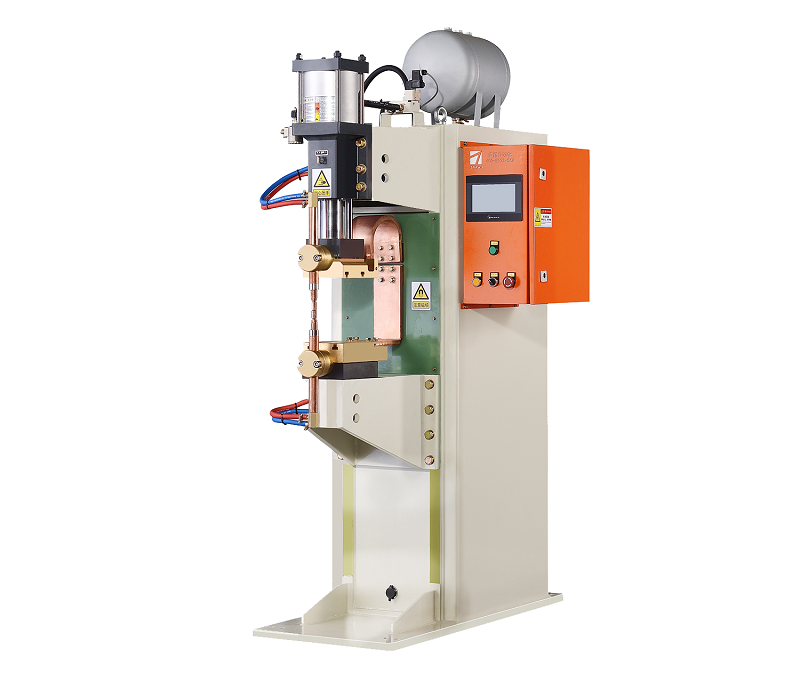Inspection Guidelines for Operating Medium Frequency Spot Welding Machines?
Medium frequency spot welding machines are integral to various manufacturing processes, ensuring strong and reliable bonds between metal components. To ensure consistent performance and high-quality welds, it’s essential to conduct thorough inspections before and during the operation of these machines. This article outlines key steps and considerations for inspecting a medium frequency spot welding machine prior to its use.

Inspection Procedures:
- Visual Inspection: Begin by visually examining the welding machine for any visible signs of damage, wear, or loose connections. Inspect cables, electrodes, clamps, and cooling systems.
- Electrodes and Holders: Check the condition of the electrodes and holders. Ensure they are clean, properly aligned, and securely attached. Replace worn or damaged electrodes as needed.
- Cooling System: Verify that the cooling system is functioning correctly. Inspect water lines, coolant levels, and ensure that the cooling system is properly connected and running smoothly.
- Electrical Connections: Check all electrical connections and cables for signs of wear or damage. Ensure that all connections are secure and free from any exposed wires.
- Pressure Adjustment: If applicable, verify the pressure adjustment mechanism. Ensure that the pressure applied during welding can be controlled accurately.
- Welding Parameters: Set the welding parameters according to the material thickness and type. Double-check current, voltage, and welding time settings.
- Safety Measures: Ensure that all safety features, such as emergency stop buttons and safety guards, are operational and accessible.
- Grounding: Confirm that the machine is properly grounded to prevent electrical hazards.
- Weld Test: Perform a test weld on scrap material with the same specifications as the intended workpieces. Inspect the weld quality, penetration, and overall appearance.
- Electrode Dressing: If necessary, dress or shape the electrode tips to ensure proper contact and optimal weld quality.
- User Manual: Refer to the user manual provided by the manufacturer for specific inspection and operational guidelines.
During Operation:
- Monitor Weld Quality: Continuously monitor the weld quality during production. Visually inspect the welds for proper fusion, uniformity, and absence of defects.
- Cooling System: Monitor the cooling system’s performance to prevent overheating. Maintain appropriate coolant levels and ensure efficient cooling.
- Electrode Wear: Periodically check electrode wear and replace them when necessary to maintain consistent weld quality.
- Weld Parameters: Regularly verify and adjust welding parameters as needed to accommodate different material thicknesses and types.
- Maintenance Logs: Keep detailed maintenance and inspection records, including dates, observations, and any corrective actions taken.
Inspecting a medium frequency spot welding machine before and during its operation is crucial to ensure safe, efficient, and high-quality welding processes. Following these guidelines helps identify potential issues early, preventing machine downtime, subpar welds, and safety hazards. Regular inspections not only safeguard the integrity of the welding process but also contribute to the longevity of the machine and the reliability of the final welded products.